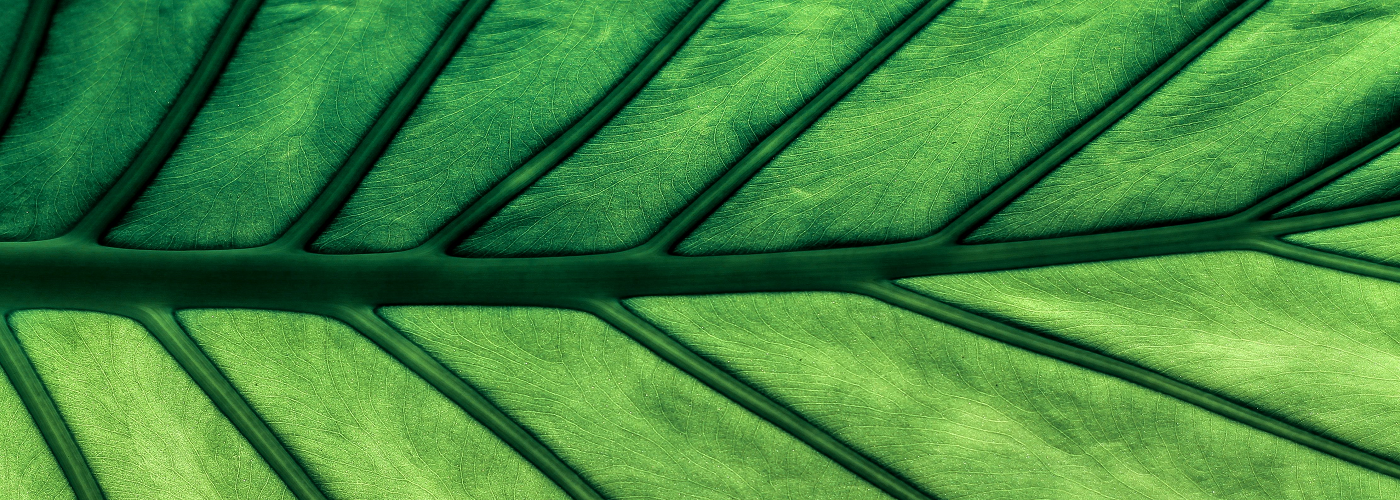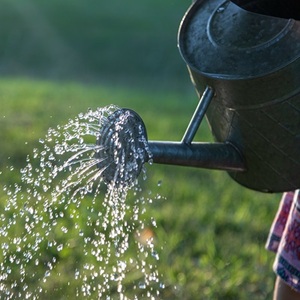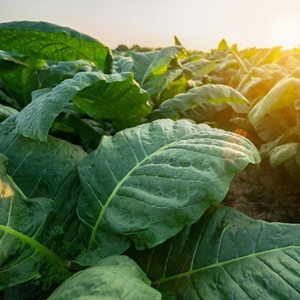

In a previous article, we looked at how a technological breakthrough, called the bionic leaf, was using an artificial form of photosynthesis to produce industrial syngas. Now, in a scientific breakthrough involving photosynthesis of the more natural variety, researchers from the University of Essex have found a way to give a boost to natural photosynthesis enabling certain crops to increase growth by 27 percent, while using less water.
The research team looked for bottlenecks, or slow points, in the natural photosynthesis process that were inhibiting plants from reaching their full productive potential. They identified two such bottlenecks, one in the first stage of photosynthesis where plants transform light into chemical energy, and the other in the second stage, where carbon dioxide gets transformed into sugars.
Normally in the first stage of photosynthesis, a transport protein called plastocyanin moves electrons into the photosystems of the plant to enable the conversion of light energy. However, the team found that the transport protein cytochrome c6, which performs a similar function in algae, is more efficient at transporting electrons. In the second stage of photosynthesis, called the Calvin-Benson cycle, the research team discovered that by increasing the amount of a key enzyme, SBPase, commonly found in cyanobacteria, this would work to boost the process by which carbon dioxide is transformed into sugars, like glucose, which provide energy to the plant.
Overcoming these two bottlenecks, the University of Essex team has demonstrated a 52 percent increase in plant productivity in the greenhouse and a 27 percent boost for field-grown crops, while also decreasing water usage to produce more biomass. This latest study solely applied to a crop of tobacco, but the team hopes, in the future, to apply their findings to staple food crops to aid in the feeding of an expanding world population, while also dealing with more variable rainfall.

